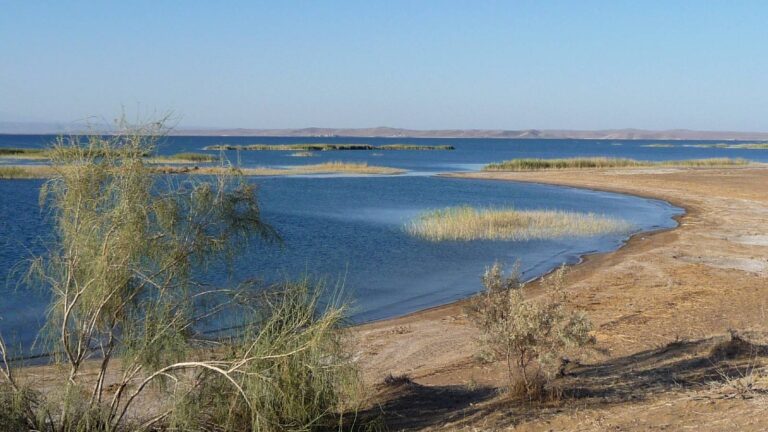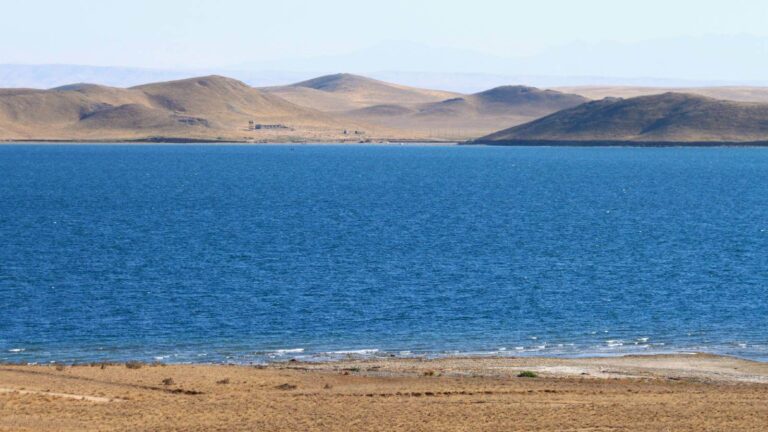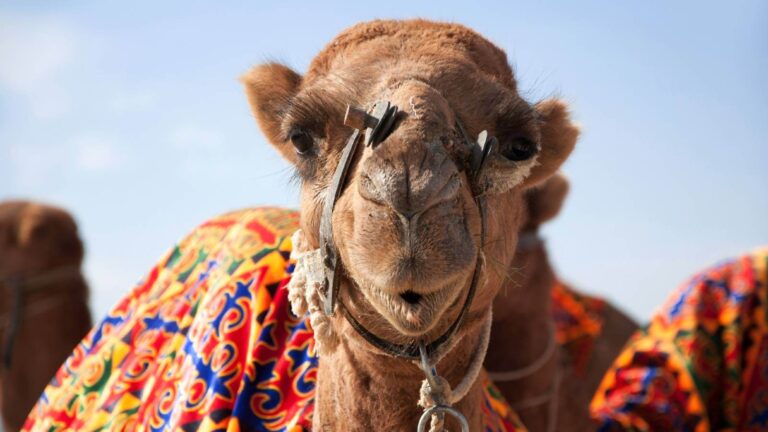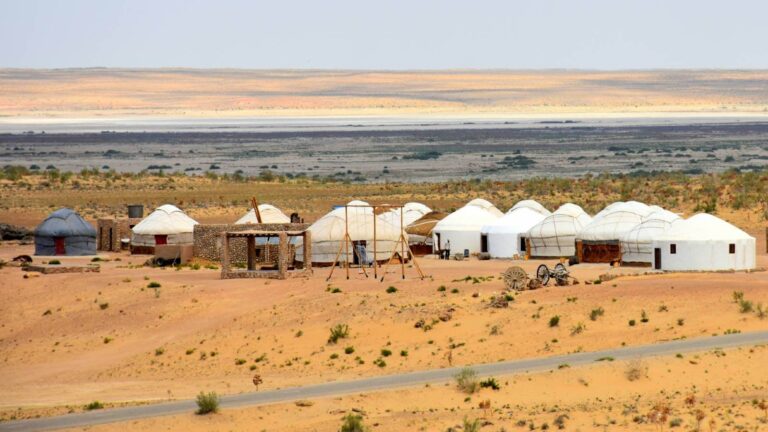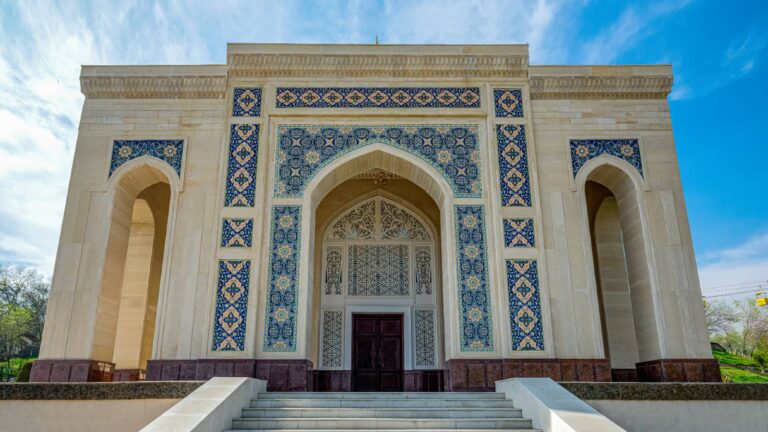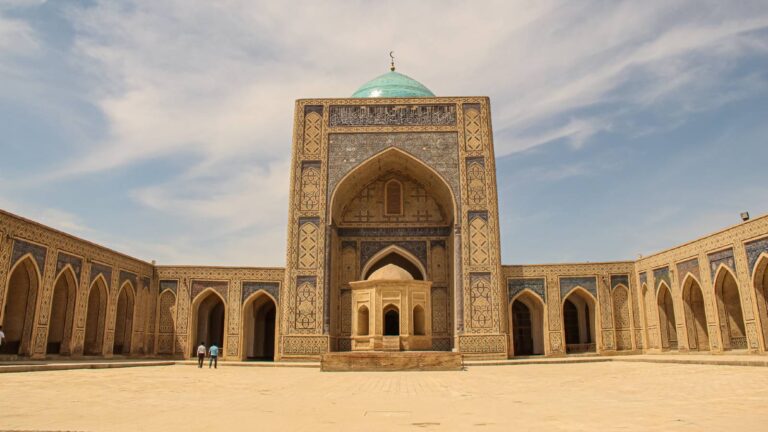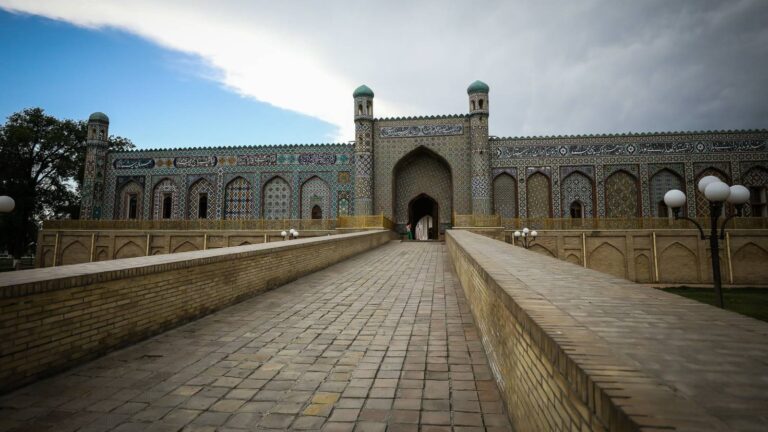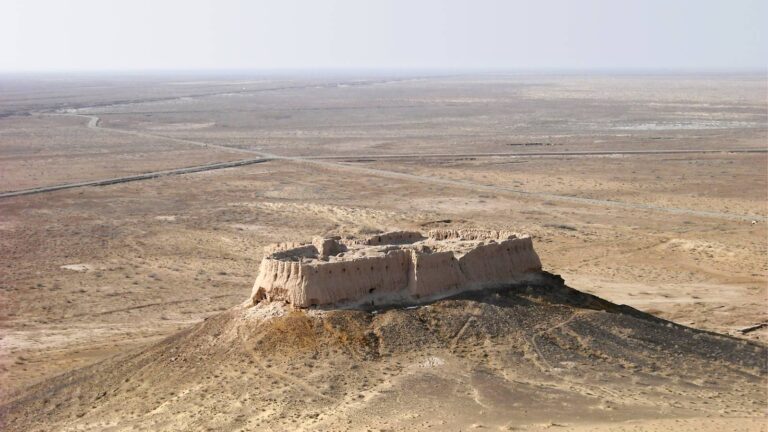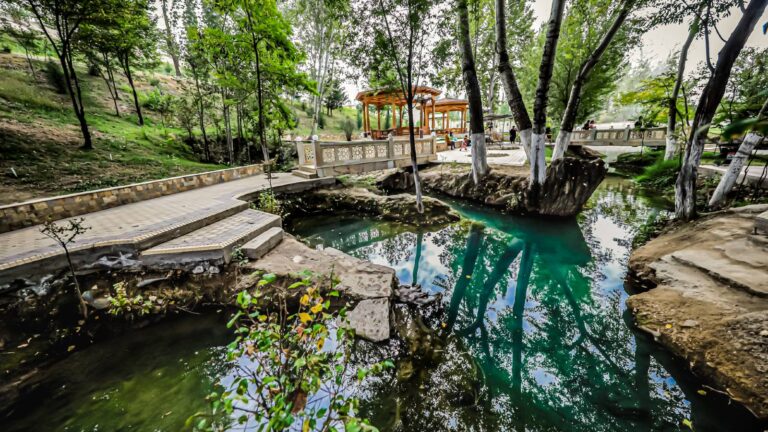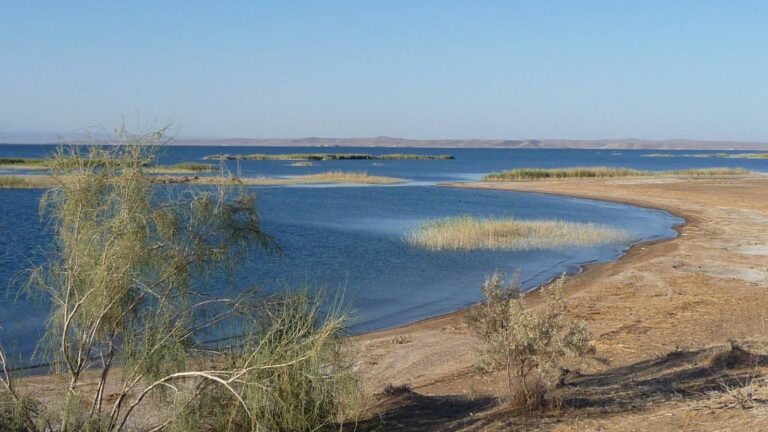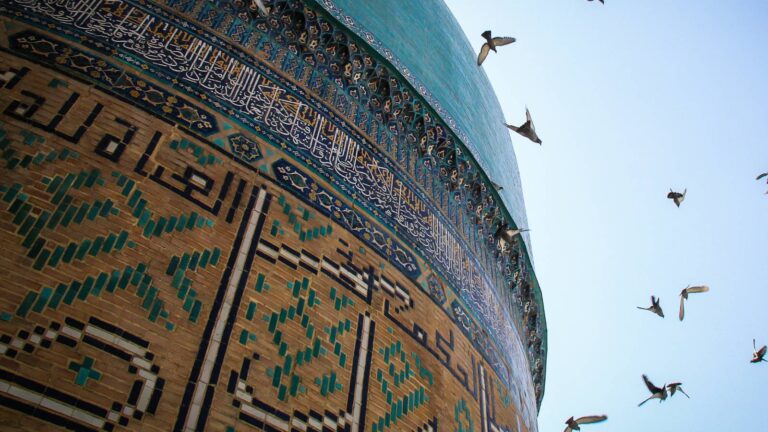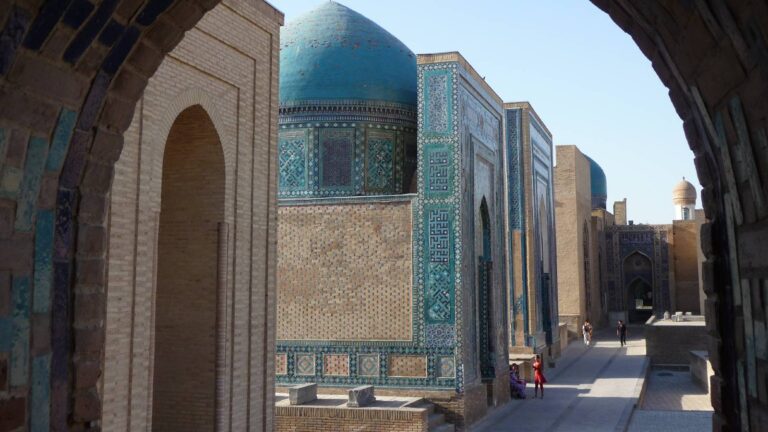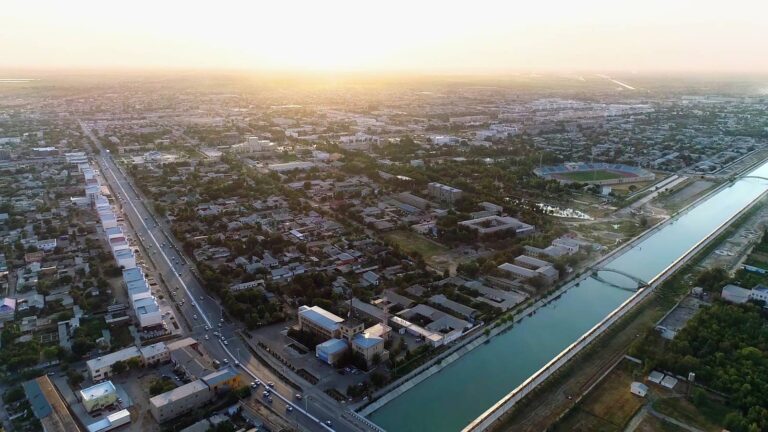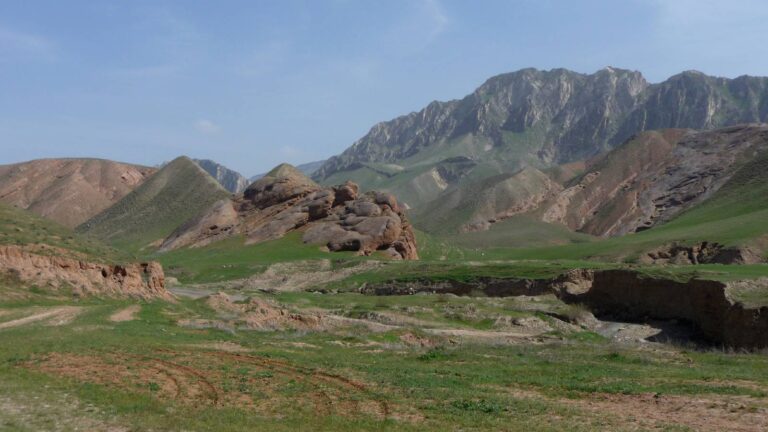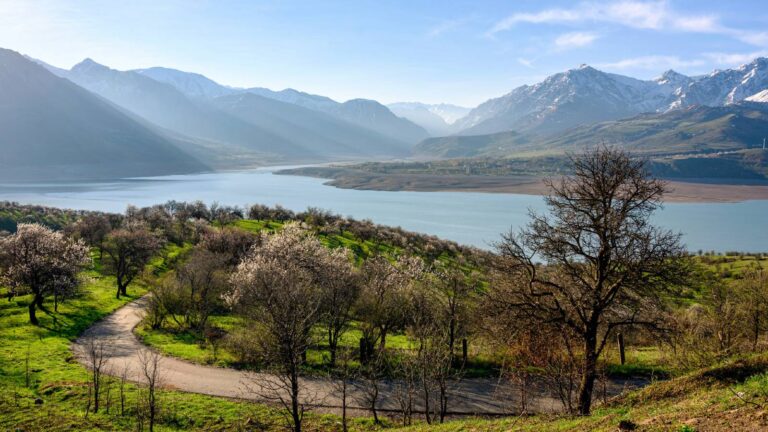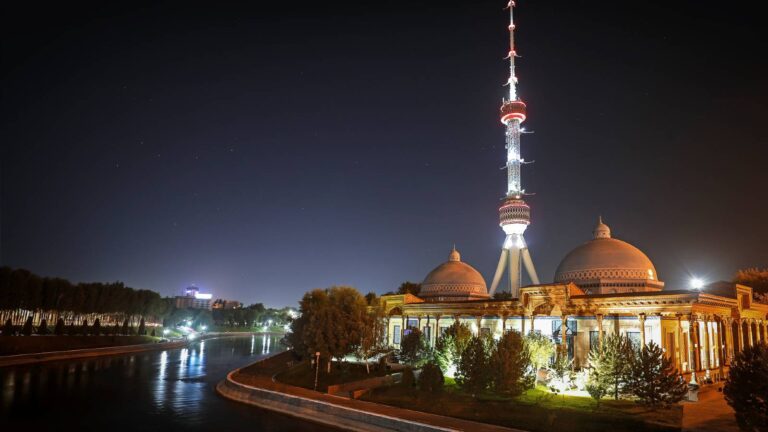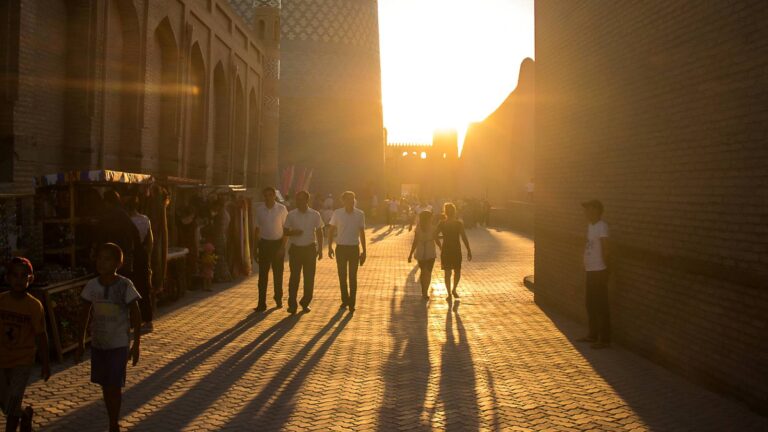There are trains to Jizzakh from Tashkent, Bukhara, Karshi, Khiva, Termez and Kungradom. You can also get to Jizzakh by bus, in your own car or by renting a private car from the bus station in Tashkent.
In Bakhmal and Gallaorol districts you can see a wonderful underground passage called “Iron Gate”. It is located on the southeastern edge of the Kyzylkum Desert in Jizzakh Province, on the shores of Lake Aydar, which amazes with its grandeur. In early spring, pink flamingos can be seen in herds here.
The region is called the Central Asian oasis because it has many medicinal springs, national gardens, nature reserves, beautiful gardens with many fruit and walnut trees. This is where tourists come to share medicinal plants, monitor their strength and restore their health. Wonderful mountain air, the cleanest water mined, wholesome fruits and vegetables work wonders. You can also stay healthy by visiting some of the great religious sites in the area.
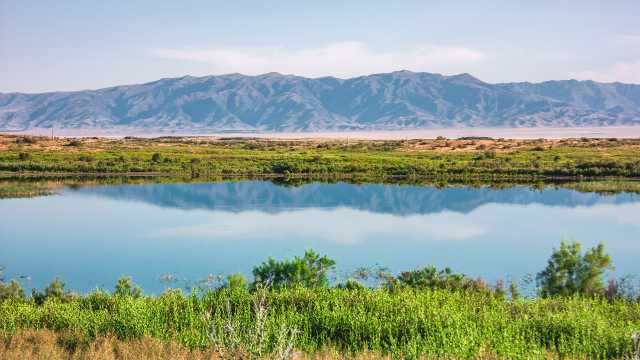
Zaamin National Park 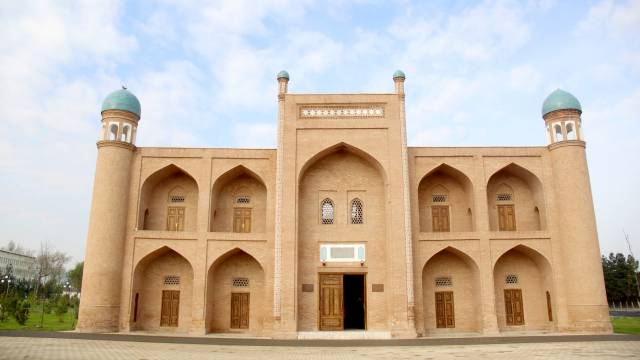
Hoja Nureddin medressah 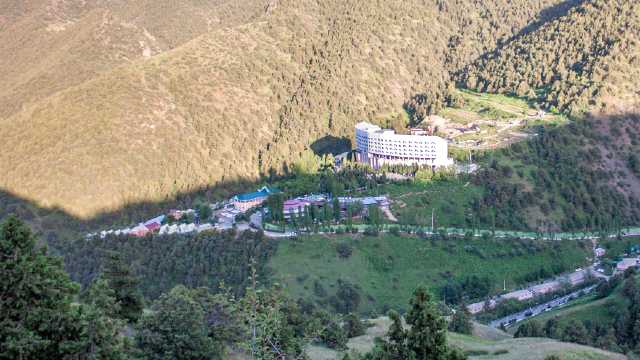
Zaamin Sanatorium 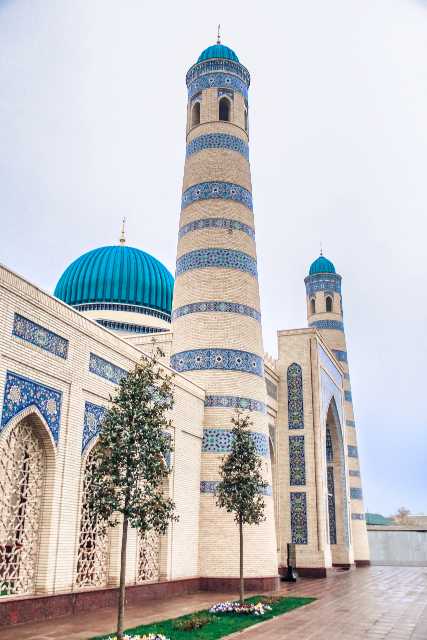
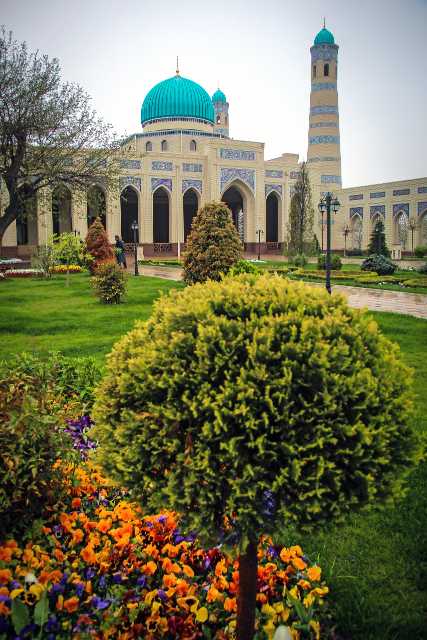
Jizzakh appeared in the 10th century during the Samanid period. He then entered a part of the states led by the Turkic dynasties of the Karakhanids and the dynasties of the Khorezmshahs. In 1220 it was occupied by the Mongols and became part of the Chigatay Nation. From 1370 it was part of the empire of Amir Temur, and later – part of the state of Mirzo Ulugbek.
In the XVI-XVIII centuries, the territory of modern Jizzakh region was part of the Shaibani and Ashtarkhanids, one of the Uzbek states – the Bukhara Khanate.
From 1756 to 1866, the Jizzakh principality was part of the Bukhara Emirate, which was under the rule of the Mangit dynasty of Uzbeks.
In 1866, Jizzakh was occupied by the Russian Empire and became the governor-general of private Turkestan.
From 1922 to 1991 the city was part of the Uzbek SSR (USSR). Until 1924, the territory of the former Jizzakh region was part of the Samarkand region, where the Jizzakh district was formed. Until 1936, the northernmost part of the territory of Jizzakh region was part of the RSFSR (in Kyrgyzstan and the Kazakh ASSR), then until 1956 it was part of the Kazakh SSR. In 1956, part of the Golodnostep region (now Navoi, Jizzakh and Syrdarya regions) was transferred to Uzbekistan for the development of cotton growing in one republic.
Jizzakh region was established by the Decree of the Presidium of the Supreme Soviet of the Uzbek SSR of December 29, 1972 as part of the Uzbek SSR. The city of Jizzakh (administrative center) includes Dostlik, Zaamin, Mirzachul, Oktyabr, Pakhtakor, Farish, Syrdarya regions, Bakhmal and Gallaorol districts of Samarkand region.
The culture of Uzbekistan is one of the brightest and unique cultures of the East, it has a tradition that has developed over thousands of years and has long been shining in the territory of modern Uzbekistan. The Great Silk Road contributed to the unification of cultures and traditions and art of the peoples. Jizzakh region hosts spring Navruz festivities, honey festivals, sports competitions, national games and many other events
The area of the region is 20,500 km. It is bordered by the Republic of Kazakhstan and the Syrdarya region in the north, the Republic of Tajikistan in the southeast, and Navoi and Samarkand regions in the west.
The region’s economy is based on agriculture. The main crops are cotton and wheat. Vegetables, fodder and melons (melons and pumpkins) are also grown. One third of agricultural land is used for agriculture. Livestock is mainly based on the breeding of sheep, goats and pigs.
In 2020, Uzbekistan and Russia signed an agreement between the Ministry of Agriculture of the Republic of Uzbekistan and the WEB. An agreement was signed on financing Russia’s efforts to create an infrastructure for the supply of fruits and vegetables from Russia to Uzbekistan.



